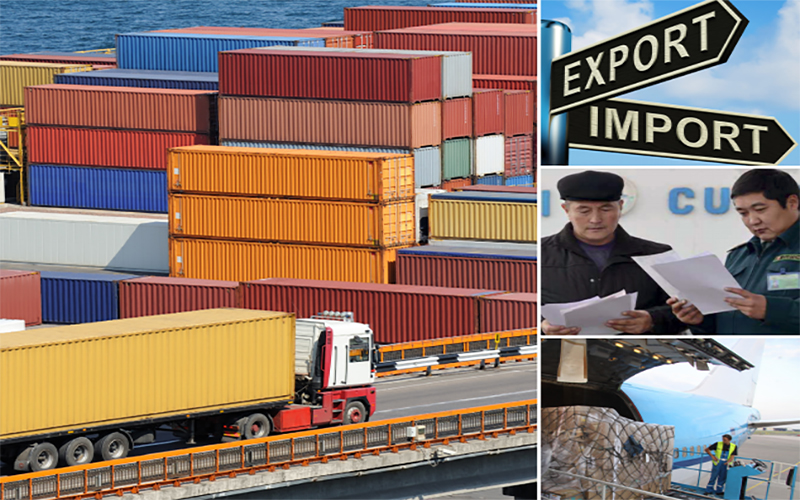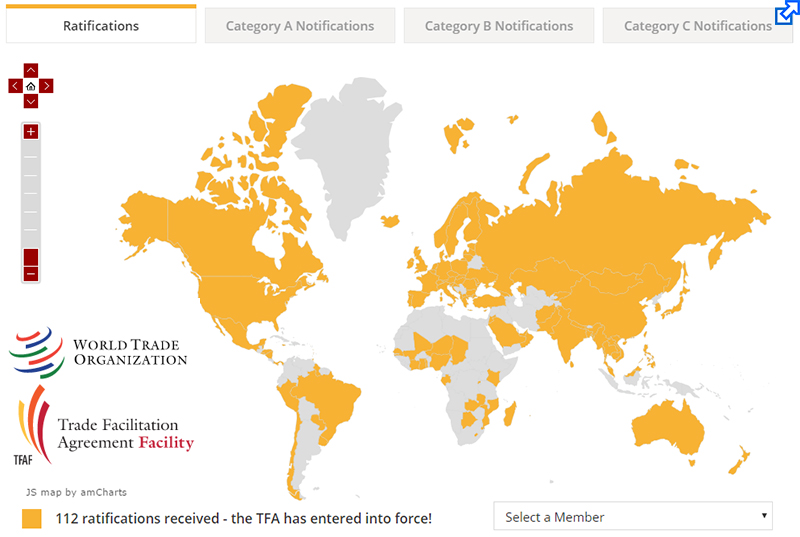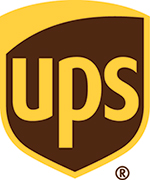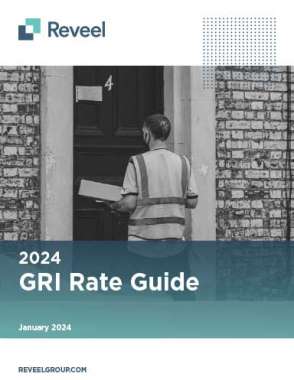Global Trade Facilitation Agreement Now In Force

A major milestone for the global trading system was reached on 22 February 2017 when the Trade Facilitation Agreement (TFA), the first multilateral deal concluded since the creation of the World Trade Organization, entered into force,
As reported by the BBC, an international trade facilitation agreement forecast to boost global trade by $1 trillion (£800bn) a year has come into force.
The Director General of the World Trade Organization (WTO), Roberto Azevedo, called it “the biggest reform of global trade in a generation”.
The Trade Facilitation Agreement (TFA) involves streamlining customs procedures.
Mr Azevedo said it would have a bigger impact than eliminating all existing taxes on imports, known as tariffs.
It involves countries signing up to a long list of reforms, including easier access for businesses to information, reduced fees and simpler and faster procedures.
WTO economists estimated it would cut the cost of trading by 14.3%, and that developing nations would gain the most.
TFA is one of the few successes of a much wider set of negotiations that were launched in late 2001 in the Qatari capital and known as the Doha Round.
It is not the only product of the Doha Round, but most of the negotiating agenda ran into the sand.
The TFA was finally agreed at a meeting in Bali 2013, but could not come into force until 110 countries had ratified it. That is what has now happened.
Mr Azevedo said the agreement would boost global trade by up to $1 trillion a year.
Mapping Progress
'Low Hanging Fruit'
This development comes at a time when there is increasing uncertainty about the outlook for the agenda of increasing trade liberalisation that the WTO embodies.
The new US President Donald Trump wants to renegotiate the country's trade agreement with Canada and Mexico.
He has even suggested that he might, in some circumstances want to pull the US out of the WTO, although he has not repeated that idea recently.
At the news conference announcing the TFA's coming into force, Mr Azevedo said he had heard President Trump's concerns, but did not think it would prevent the WTO from making progress.
He said: “I have seen situations like this arise over and over again, where situations of uncertainty or predictability prevail, especially in transition.”
Trade experts sometimes talk about the “low hanging fruit” in negotiations, the issues that are easier to agree, usually because the countries involved have less trouble getting them accepted at home.
If the TFA is an example of that, it took 12 years to pick and then another three to get it peeled and ready to eat.
UPS Applauds The Advancement Of Groundbreaking Global Customs Agreement
UPS, commends the 110 countries who ratified the Trade Facilitation Agreement (TFA), a pact that will raise standards for customs processing and allow exports to reach their destinations more quickly and efficiently.
“TFA ushers in a new customs framework, making businesses more competitive and facilitating their growth through exports,” said David Abney, UPS Chairman and CEO.
“By creating smarter rules that simplify how goods cross borders, this agreement will streamline the flow of commerce to meet the demands of the 21st-century economy.”
Once TFA is fully implemented, small and large businesses will have better access to new markets. The agreement is expected to reduce the cost of trade by 14 percent, and significantly reduce delivery times with harmonized rules that will apply to more than 90 percent of the world’s consumers.
TFA sets new standards, including digital processing of shipment data and more effective security clearance processes that will facilitate more exports across borders.
“More than ever, UPS customers are looking to connect to markets around the globe. TFA means simplified border clearance and improved access to foreign markets, which will help companies, particularly small and medium-sized enterprises, to expand in the age of e-commerce,” Abney added.
UPS will continue to work with partners in both the public and private sectors to help meet key TFA provisions, particularly in developing countries that require a bigger investment in customs infrastructure to reach the agreement’s higher standards.
The Trade Facilitation Agreement
Supporting developing countries
Developing and least-developed countries may require help to implement the provisions of the TFA. WTO members have therefore established the Trade Facilitation Agreement Facility as a means to assist developing and least-developed countries in securing assistance and support.
Under the Facility, the WTO Secretariat will expand its existing technical assistance programmes, provide information on the assistance programmes made available by donors and other international organizations, and assist with matchmaking of donors and recipients. It will offer two types of grants in situations where no other source of assistance is available.
Developing and least-developed countries evaluate their ability to implement the TFA by selecting one of three categories for each of the Agreement’s provisions.
Category A denotes measures that the member will implement by the time the Agreement enters into force (or in the case of least-developed countries within one year after entry into force).
Category B specifies provisions that the member will implement after a transitional period following the entry into force of the Agreement.
Category C indicates provisions that require assistance and support for capacity building to allow the member to implement them after a transitional period following the Agreement’s entry into force. As of 9 March 2015, 54 members had notified the WTO of their Category A commitments.
In notifying the WTO of their category A, B and C commitments, developing and least-developed countries are requested to provide timelines for implementation as well as information about any capacities which need to be strengthened.
Article Topics
UPS News & Resources
FedEx and UPS to Charge Additional Delivery Fees in Major U.S. Cities Parcel Experts Weigh in on New Partnership Between UPS and USPS Parcel experts examine the UPS-United States Postal Service air cargo relationship amid parcel landscape UPS To Become USPS’s Main Air Cargo Provider, Replacing FedEx UPS is set to take over USPS air cargo contract from FedEx GRI Impact Analysis – Parcel Spend Management 1.0 vs. 2.0 UPS Announces Plans to Close Around 200 US Facilities More UPSLatest in Supply Chain
Spotlight Startup: Cart.com Walmart and Swisslog Expand Partnership with New Texas Facility Nissan Channels Tesla With Its Latest Manufacturing Process Taking Stock of Today’s Robotics Market and What the Future Holds U.S. Manufacturing Gains Momentum After Another Strong Month Biden Gives Samsung $6.4 Billion For Texas Semiconductor Plants Apple Overtaken as World’s Largest Phone Seller More Supply Chain
















